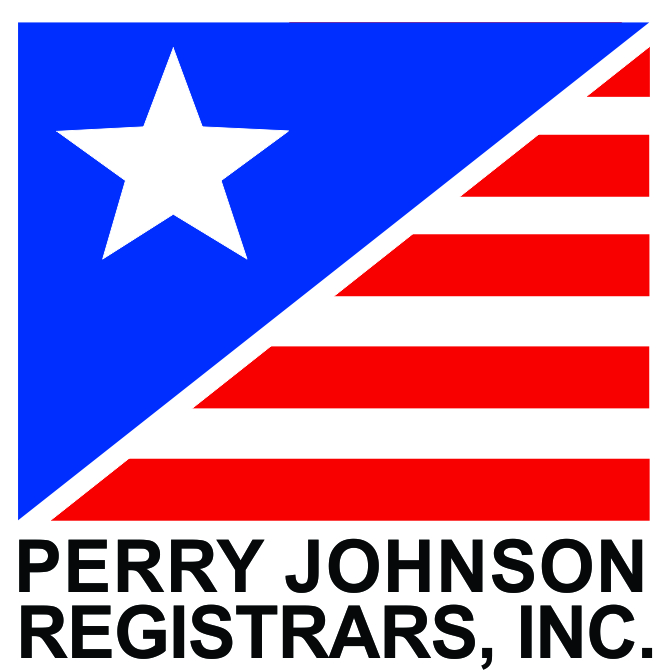Metallization is a coating process of a metallic layer on a non-metallic substrate such as glass, ceramic or polymer. Most of STC Material Solutions’ need for metallization is for our own subsequent brazing or flux-less soldering for ceramic to metal seals. Since polymers are not common materials for brazing, STC Material Solutions metallizes mostly glass and ceramic.
There are four different classifications of thick film metallization techniques at STC Material Solutions:
UHT Metallization: Primarily for high purity alumina ceramics including sapphire and translucent alumina.
HT Metallization: Primarily for alumina including sapphire and translucent alumina, BeO, and AlN.
MT Metallization: Primarily for carbon products including diamond, graphite, nitrides, carbides, BeO, zirconia (YSZ, MSZ, CSZ), Macor, and ZTA.
LT Metallization: For many glasses and ceramics, certain sulfide and sulfate and polymers including certain low vapor pressure outgassing epoxies, plastics, etc.
In addition to these methods, we also use Electroplating or electro-deposition as a metallization technique. In fact, we even can plate directly to ceramic or other non-conductive substrates.
STC Material Solutions is your source for any/all of these processes. For our turnkey service, it is essential to have them all in house. Metallization at STC Material Solutions has two fundamental requirements: the adhesion strength and hermeticity.
The adhesion mechanism originates from a thermo-metallurgical, thermo-chemical, thermo-diffusive, thermo-mechanical and some degree of physical adsorption. Hermeticity originates from various reactions at the sealing interface, sealing length and thermal properties of the component materials.
Considerations in Metallization:
HT Metallization:
STC Material Solutions’ HT metallization corresponds to widely used Mo-Mn or W thick film metallization. The bonding compounds are Manganese aluminate spinel (MnAl2O4), alumino-silicate (Al2SiO5), as well as alumino-manganese silicate from the sintering process.
A sufficient thermodynamic condition must be met during processing. Basic thermodynamic variables of composition (metallization and braze materials), temperature (with all the processing rates and dwell time) and pressure (including specific atmosphere or vacuum level) determine the adhesion strength and hermeticity.
The metallization on ceramic is essentially surface conditioning for brazing of a ceramic to metal seal assembly. Obviously, in the ceramic to metal sealing industry, metallization and brazing are sequential and dependent processes. STC Material Solutions performs both metallization and brazing.
HT metallization of Aluminum Nitride (AlN) has been a difficult area for many years. To meet the ever increasing demand for AlN metallized substrates, STC Material Solutions has developed its own process and refractory paste system compatible with AlN.
MT Metallization:
MT metallization is a slightly lower temperature technique commonly used on stabilized zirconia, borides, carbides, nitrides and carbon materials such as diamond, graphite and carbon composite. STC Material Solutions metallizes at a low temperature using our own MT metallization material.
Mo/Mn high temperature refractory material can be used for BeO but the sintering temperature is high and toxicity could be an issue. The MT can be an alternative technique for BeO.
LT Metallization:
LT Metallization refers to PVD processes to metallize many different types of substrates. The vacuum evaporation process requires certain high vacuum (low pressure). Processing is a function of initial pressure, pumping speed, outgassing rate and volume of the chamber. The amount of metallization gas molecules is a function of chamber volume as well as the vacuum level of the chamber and the temperature per the ideal gas law, PV = nRT. STC Material Solutions engineers calculate the impingement rate of the gaseous metallization molecules hitting the substrate and time required for one layer of the metallization. We approximate final thickness of the metal on the substrate or monitor and control the required thickness using an in situ thickness monitor or surface profilometer. Our facility contains an extensive line of vacuum evaporators and sputtering systems along with all the inspection systems.
Please contact STC Material Solutions using 1-714-546-8522 or info@ijresearch.com.

